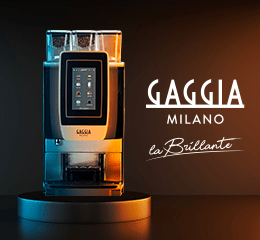Brewing method has a significant influence on furan and furan derivative exposure according to a new study co-authored by Prof. Chahan Yeretzian and Dr. Anja Rahn – both from the Zurich University of Applied Sciences, Institute of Chemistry and Biotechnology, Coffee Excellence Center.
The study is titled: “Impact of consumer behavior on furan and furan-derivative exposure during coffee consumption. A comparison between brewing methods and drinking preferences”.
Furan is a heterocyclic organic compound, consisting of a five-membered aromatic ring with four carbon atoms and one oxygen. Initially absent in green coffee beans, furan derivatives are generated upon roasting from the thermal degradation of endogenous components.
According to the study, brewing method has a significant influence on furan and furan derivative exposure. Drinking temperature influences furan and furan derivative exposure.
The cup choice affects cooling dynamics, but not temperature dependent furan exposure.
This study examined the influence of consumer behavior on furan, 2-methylfuran, 3-methylfuran, 2,5-dimethylfuran and 2,3-dimethylfuran exposure in coffee. Coffees brewed using a filter, fully automatic, capsule machine or reconstituted instant coffee were found to have a significant different cup concentrations of furan derivatives.
Coffee brewed with the fully automatic machine contained the highest furan and furan derivative concentrations (99.05 µg/L furan, 263.91 µg/L 2-methylfuran, 13.15 µg/L 3-methylfuran and 8.44 µg/L 2,5-dimethylfuran) whereas soluble coffee did not contain detectable levels, thereby contributing least to a consumer’s dietary exposure.
Furan and furan derivative concentrations were found to decrease significantly upon cooling, reducing consumer exposure by 8.0-17.2 % on average once the coffee reached drinking temperature 55-60 °C, in ceramic cups.
Serving coffee in a ceramic or disposable cup were found to influence the cooling dynamics of the coffee but did not statistically influence the consumers’ exposure at a given temperature.














